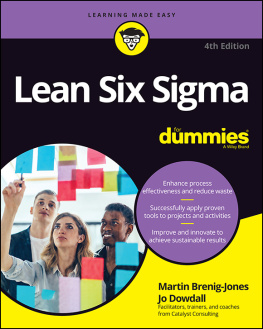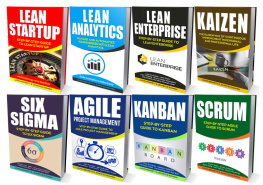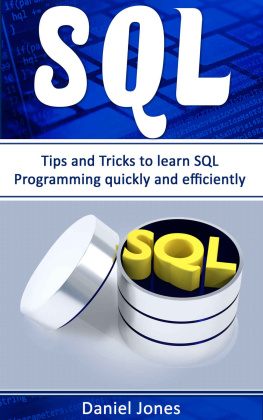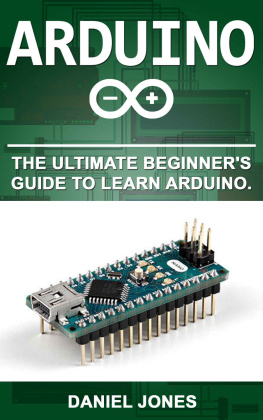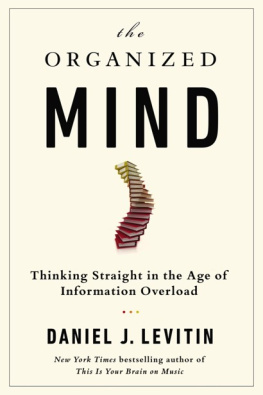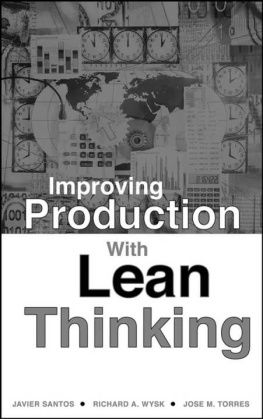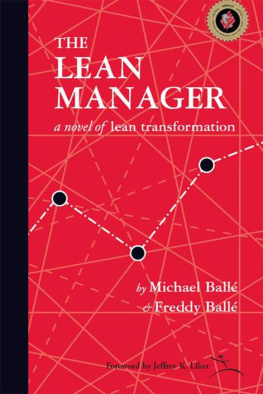Also by James P. Womack and Daniel T. Jones
The Machine That Changed the World
(with Daniel Roos)
The Future of the Automobile
(with Alan Altshuler, Martin Anderson, and Daniel Roos)
Seeing the Whole: Mapping the Extended Value Stream
FREE PRESS
A Division of Simon & Schuster, Inc.
1230 Avenue of the Americas
New York, NY 10020
www.SimonandSchuster.com
Copyright 1996, 2003 by James Womack and Daniel Jones
All rights reserved,
including the right of reproduction
in whole or in part in any form.
First Free Press Edition 2003
F REE P RESS and colophon are trademarks of Simon & Schuster, Inc.
For information regarding special discounts for bulk purchases, please contact Simon & Schuster Special Sales at 1-800-456-6798 or business@simonandschuster.com
Designed by Irving Perkins Associates
Manufactured in the United States of America
10 9 8 7 6 5 4 3 2 1
Library of Congress Cataloging-in-Publication Data is available.
ISBN 0-7432-4927-5
eISBN-13: 978-1-4391-3595-2
For Anne
Both necessary and sufficient;
my picture of perfection
J.P.W.
and
for Pat
My patient and wise counselor
D.T.J.
Preface to the 2003 Edition
Lean Thinking was first published in the fall of 1996, just in timewe thoughtfor the recession of 1997 and the financial meltdown of 1998. The books mission was to explain how to get beyond the financial games of the 1990s to create real, lasting value in any business. Toward this end, it demonstrated how a range of firms in North America, Europe, and Japan took advantage of the recession of 1991 to rethink their strategies and embark on a new path.
In our presentations to industrial audiences, we often point out that the only sure thing about forecasts is that they are wrong. (Which is why lean thinkers strive to reduce order-to-delivery times to such an extent that most products can be made to order and always try to add or subtract capacity in small increments.) Instead of a recession in 1997, the most ebullient economy of the entire twentieth century charged ahead for five more years, into 2001, extending a remarkable era in which practically anyone could succeed in business.
Given that the book was published years before our ideas were most needed, its surprising how many readers took the advice in Lean Thinking seriously during the best of times. More than 300,000 copies have been sold in English, and its been translated into German, French, Italian, Portuguese, Polish, Turkish, Korean, Japanese, and Chinese. We have heard from readers across the world about their successes in applying its principles.
Once reality caught up with our forecast, and the recession of 2001 gave way to the financial meltdown of 2002, reader interest surged. Indeed, Lean Thinking reappeared on the Business Week business-books bestseller list in 2001nearly five years after its launch and with no publicity campaignan unprecedented event, according to our publishers.
Given clear evidence that readers are now finding Lean Thinking even more relevant in their business lives than when it was first published, we have decided to expand and reissue the book. In , we show how a relentless focus on the value stream for every productfrom concept to launch and order to delivery, and from the upstream headwaters of the supply base all the way downstream into the arms of the customercan create a true lean enterprise that optimizes the value created for the customer while minimizing time, cost, and errors.
In the two new chapters of , we bring the story of the continuing advance of lean thinking up-to-date. We track the trend in inventory turnsthe lean metric that cannot lieacross all industries, singling out one industry for special praise. We also track the progress of our profiled companies. We discover that as economies have gyrated, stock markets have crashed, and the poster companies of the 1990s hailed in other business books have flown a ballistic trajectory, our lean exemplarsled by Toyotahave defied the fate of most firms featured in successful business books. They have continued their methodical march from success to success and have done it the hard way by creating real and truly sustainable value for their customers, their employees, and their owners.
Finally, in the concluding chapter, we share what we have ourselves learned since 1996 about lean thinking and its successful application by describing a range of new implementation tools. These begin with the concept of value stream mapping, which we have found to be a remarkable way to raise consciousness about value and its components, leading to action.
In revising the book we have corrected a few minor errors and omissions in the original text. However, we have been careful not to change the pagination. We know that many organizations use Lean Thinking as a text to guide their change process, distributing copies widely and often including their distributors and suppliers. Thus we wanted to ensure that there will be no difficulty in interchanging the two editions.
Today, nearly seven years after its publication, we are even more certain that lean thinking, as explained in Lean Thinking, is the single most powerful tool available for creating value while eliminating waste in any organization. We hope that previous readers will use this new edition as an opportunity to renew their commitment to lean principles. And we especially hope that many new readers will discover a whole new world of opportunity.
Jim Womack and Dan Jones
Brookline, Massachusetts, and Ross-on-Wye, Herefordshire, U.K.
February 2003
Contents
PREFACE TO THE FIRST EDITION
From Lean Production to Lean Enterprise
In the fall of 1990, we set out on a trip around the world to launch our previous book, The Machine That Changed the World. Our objective was to send a wake-up message to organizations, managers, employees, and investors stuck in the old-fashioned world of mass production. Machine presented a wealth of benchmarking data to show that there is a better way to organize and manage customer relations, the supply chain, product development, and production operations, an approach pioneered by the Toyota company after World War II. We labeled this new way lean production because it does more and more with less and less.
As we started our travels across North America, then to Japan (where many mass producers still reside) and Korea, and on through Europe, we were greatly concerned that no one would listen. Perhaps the slumber of mass production was too deep to disturb? In fact, The Machine That Changed the World found an overwhelming response. More than 400,000 copies have been sold so far in eleven languages (not counting the pirated Chinese translation). Far from ignoring our findings or resisting our advice, many audiences during that inaugural trip and many readers in subsequent forums told us that they were anxious to give lean production a try. Their question was seemingly a simple one: How do we do it?
In posing this question, they were not asking about specific techniqueshow to organize teams, how to use Quality Function Deployment in product development, or how to poka-yoke (mistake-proof) production processes. After all, there is a plethora of very good books on each of these topics. Rather, they were asking: What are the key principles to guide our actions? and How do we as managers, employees, investors, suppliers, and customers take stuck-in-the-mud mass production organizations and make them lean? A few thoughtful respondents asked an even more difficult question: What comes next? Whats the next leap, once you become a Toyota yourself?







